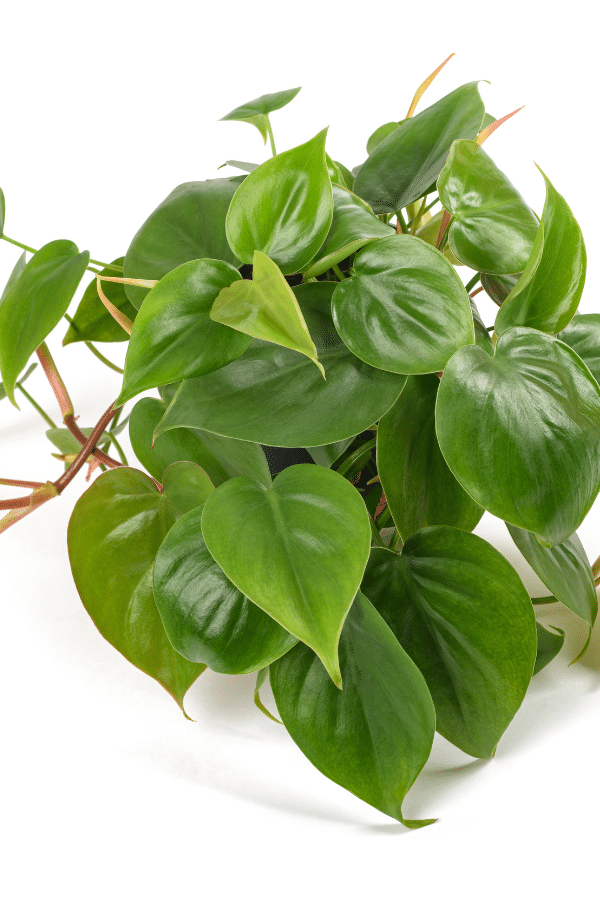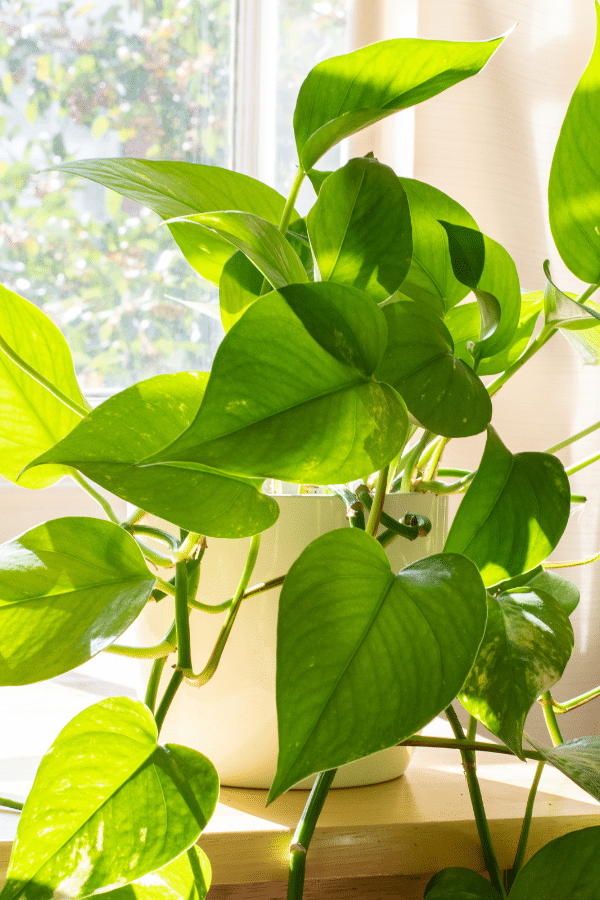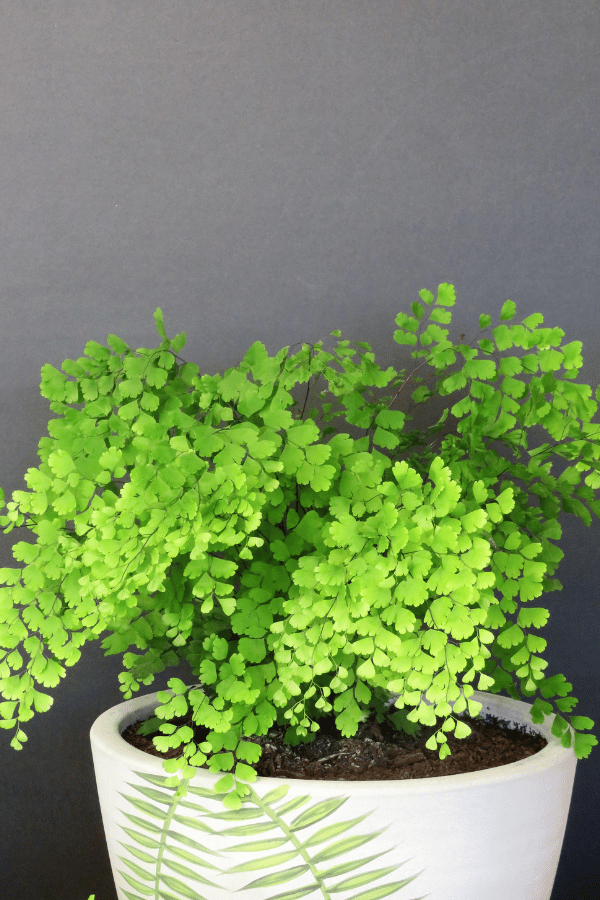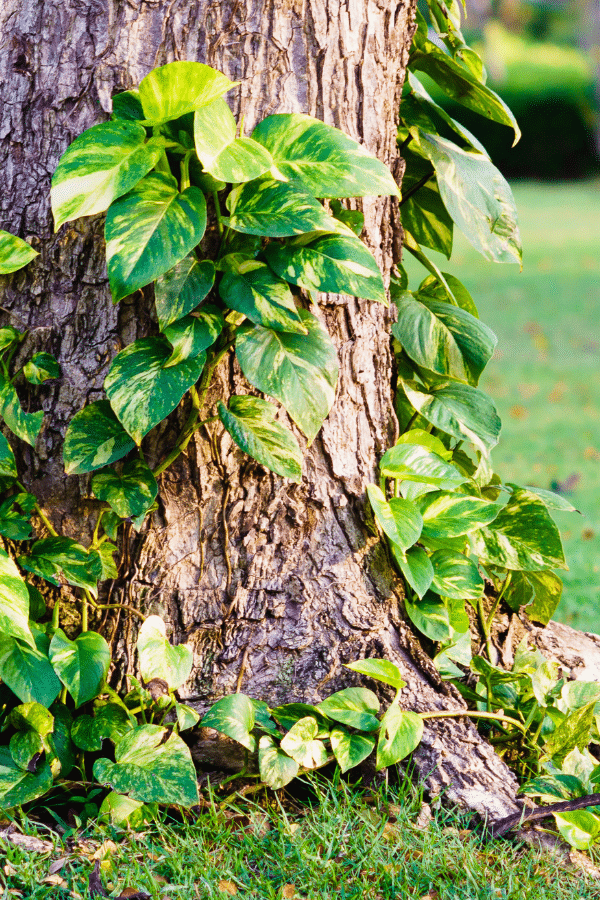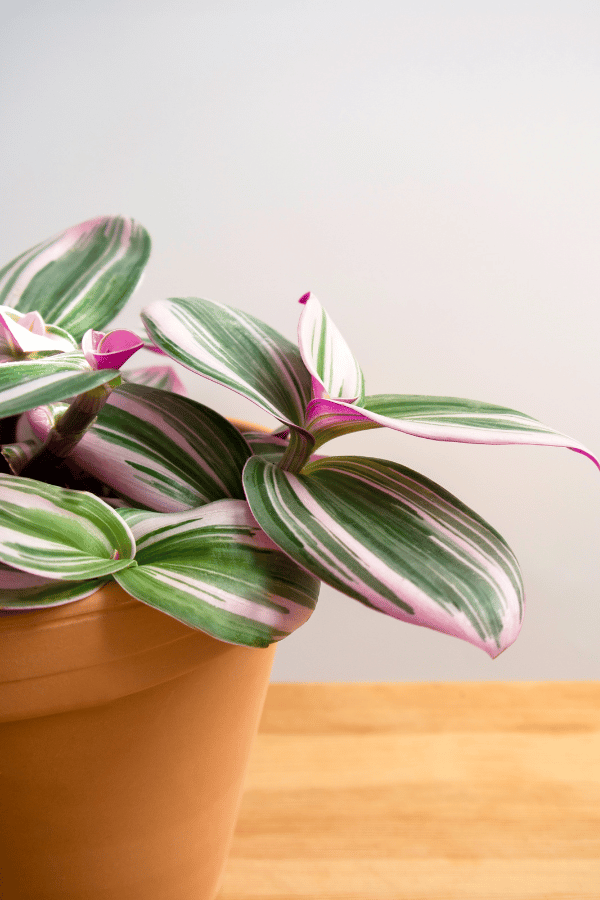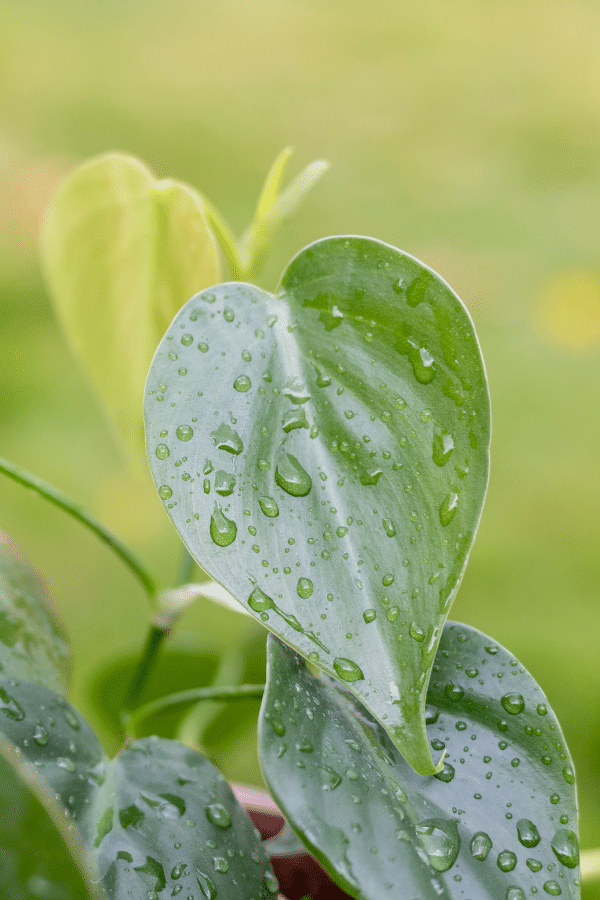Hoya Obovata
Common Name: Wax Plant
Hoya Obovata care is easy which makes it great for people just starting out with houseplants or someone who has a lot of houseplants. To give this plant the best care and let it grow to its fullest, provide it with quick-draining soil, allow the soil to dry out between waterings, give it adequate lighting, place next to a humidifier, and provide it with a warm environment.
Quick Care Overview
| Common Name | Wax Plant |
| Scientific Name | Hoya Obovata |
| Family | Apocynaceae |
| Origin | Southeast Asia |
| Growth Rate | Medium |
| Identification | Oval shaped green leaves with subtle center bend |
| Height | Up to 12 feet in length |
| Soil | Quick-draining soil |
| Water | Remain moist but not completely saturated |
| Temperature | 60-85F |
| Sunlight | Low light to bright light |
| Toxic to Cats & Dogs | No |
| Toxic to Humans | No |
| Pests | Mealybugs, scale, whiteflies, aphids, spider mites |
| Diseases | Sooty mold |
Below we will dive deep into this Hoya Obovata care guide.
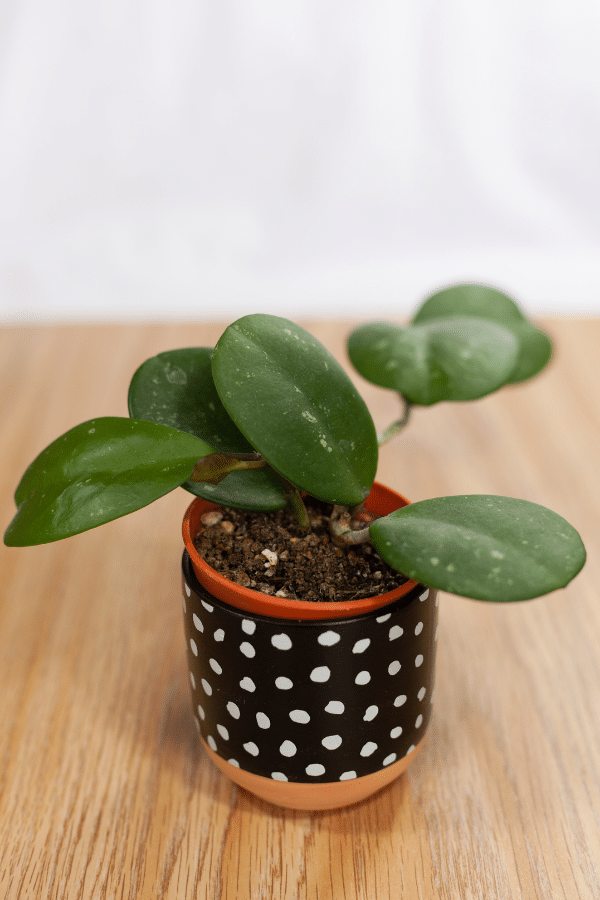
Hoya Obovata History
Southeast Asian native, Hoya Obovata, also known as the wax plant, is a gorgeous, easy to care for plant that is ideal for all types of plant owners, from beginner to expert. Hoya plants have become very popular houseplants due to their versatility and resilience. They may be used in hanging planters as a wonderful trailing plant or may be used to grow up trellises or moss poles. These plants are akin to succulents and can pull moisture and nutrients from the air, as well as retain water making them drought tolerant.
Hoya Obovata Identification
Hoya Obovata can be identified by its flat, thick, oval-shaped leaves with a slight bend in the center of the leave running across the entire leaf. This plant will trail so you can see green ovals stemming from green ovals and so forth. The color of this plant is light to dark green. You will often see Hoya Obovata Splash which has a splash of silvery-white specks on the leaves.
Hoya Obovata Growth Facts
Considered a fast-growing semi-succulent, the creeping tendrils of this epiphytic plant can reach great lengths.
How Big Does a Hoya Obovata Get?
Hoya Obavata can grow to be 12 feet in length if given the right care.
Hoya Obovata Care
Hoya Obovata requires little care or maintenance and is a perfect plant for beginners.
Hoya Obovata Soil
Hoya Obovata will require quick-draining soil, as they do not like their roots to remain moist. A commercial cactus or orchid mix will be perfect for growing this plant. Alternatively, you may make your own growing medium by combining a potting mix that contains peat, perlite, orchid bark, and charcoal. The charcoal will aid in absorbing excess water and protect the plant from harmful bacteria and fungi. Standard potting soil is not recommended, as extra aeration is needed in the soil for this plant to thrive. In a pinch, you may add perlite or pumice to improve standard potting mix to allow adequate aeration for this plant’s growing needs.
Hoya Obovata Fertilizer
During the warm growing season of spring and summer, Hoya Obovata will enjoy a monthly feeding from a balanced fertilizer indicated for houseplants to assist with foliar growth. Do not feed during the winter months. Ensure that you follow all label instructions and be careful not to overfeed, which may lead to chemical burn.
Hoya Obovata Watering
Hoya Obovata does not require frequent watering and is very finicky when overwatered. A standard indicator of overwatering is squishy leaves, which may lead to root rot. Allow the soil to dry between watering and ensure that your container has adequate drainage holes. It is also essential not to allow your Hoya to sit in excess drainage water in the plant’s tray.
Hoya Obovata Light Requirements
Hoya Obovata will not tolerate low light conditions and will thrive in very bright sunlight. Under sufficient light and adequate maturation, this plant will gift you with gorgeous blooms. This plant will tolerate direct sunlight. However, under the intense heat of summer, too much direct sunlight may cause some harm. A southern-facing window will be perfect for this plant. The best Hoya Obovata light requirements is bright indirect light.
Hoya Obovata Temperature & Humidity
Hoya Obovata prefers to be kept on the warm and humid side. The ideal temperature range is between 60-85F. Therefore, keeping this plant in moderate to high humidity is suggested. To allow your Hoya to flourish, adding a humidifier is recommended. Try to provide humidity levels of 60%. This plant will not tolerate cold weather but can handle hot temperatures. If kept under high heat conditions, ensure that the plant does not dry out.
Repotting Hoya Obovata
Hoya Obovata will not need to be repotted unless the roots are found to be growing out of the pot. Hoya’s like to remain in compact containers that have adequate drainage. Repotting should be done in the spring or early summer. Select a container that is 1-2″ larger in diameter with a drainage hole, place the root ball of your Hoya inside, refresh the soil, lightly tamp, water thoroughly, and place in indirect light.
Hoya Obovata Maintenance & Pruning
This plant requires little to no maintenance or pruning. Leaves may be cleaned and dusted regularly to prevent disease or pest issues.
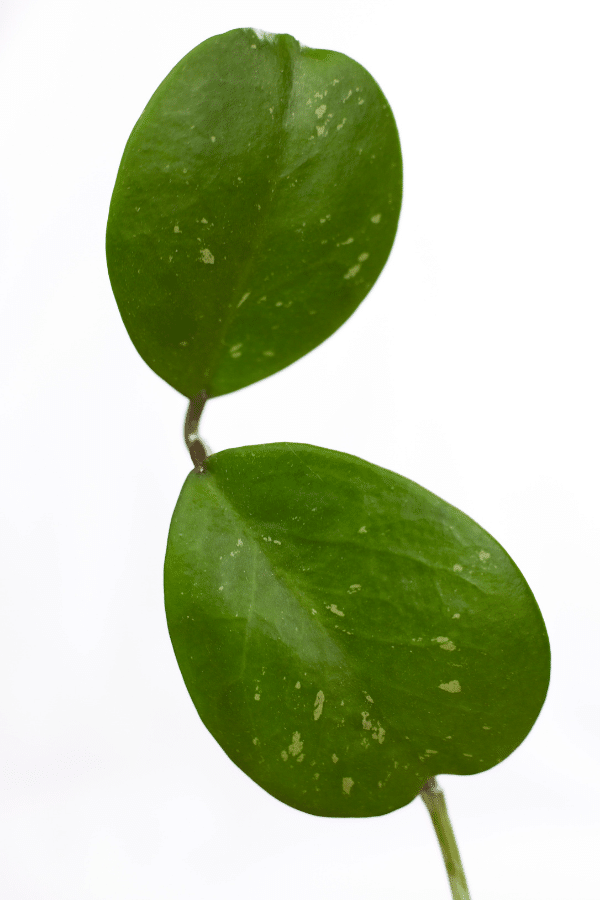
Hoya Obovata Propagation
Propagation of Hoya Obovata is easy through stem cutting. To tax a stem cutting, select a healthy stem that is about 4-5″ in length. Ideally, choose a stem that has a couple of leaves on it – extra leaves may be removed. Place your cutting directly into potting soil. Root hormone will aid in successful propagation. Water the soil thoroughly and place the pot into indirect sunlight. New roots and shoots should appear within a month or so.
Hoya Obovata Toxicity
Hoya Obovata is a non-toxic houseplant, making it perfectly pet-friendly!
Toxicity to Humans
Hoya Obovata is not considered toxic. However, this plant should not be consumed.
Toxicity to Cats & Dogs
Luckily, Hoya Obovata is non-toxic to pets and is a good choice for concerned pet owners. However, this plant should not be ingested as it may cause some stomach discomfort.
Hoya Obovata Problems
Hoya Obovata Leaves Turning Yellow
Yellowing of the leaves of Hoya Obovata may be due to improper amounts of water, light, or fertilizer. Poor water quality, pest infestation, and nutrient deficiencies may also cause yellowing of the foliage.
Hoya Obovata Leaves Turning Brown
Brown spots on foliage is likely indicative of underwatering or insufficient humidity.
Hoya Obovata Diseases
This Hoya is particularly susceptible to a disease called sooty mold. Sooty mold may be prevented by removing any sappy residue seen on the leaves. Upon identification of disease, treat with a fungicide following all label instructions.
Hoya Obovata Pests
Like many other houseplants, Hoya Obovata may occasionally fall susceptible to aphids, spider mites, mealybugs, scale, whiteflies, and other indoor pests. Utilize an insecticide or neem oil to rid yourself of these pests. Also, ensure that you follow all label instructions.
FAQ
How Quickly Does Hoya Obovata Grow?
Hoya Obovata plant grows at a slow pace. Normally, they can grow a few inches per year.
Where Are Hoya Obovata Native?
Native to Southeast Asia, you can find the Hoya Obovata in its natural environment in Indonesia, India, and sometimes Fiji and Thailand,
Does Hoya Obovata Need Trellis?
As Hoya Obovata can grow to be 12 feet in length, providing it with a trellis would be a great idea for it to climb.

